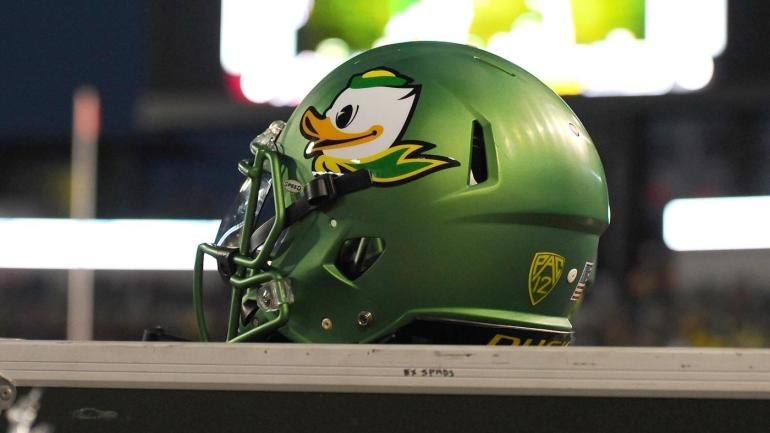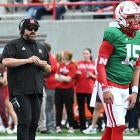
Former Oregon offensive lineman Doug Brenner is suing the school, former coach Willie Taggart, former strength and conditioning coach Irele Oderinde and the NCAA for negligence for their roles in Brenner's hospitalization for rhabdomyolysis in January 2017, according to a report from The Oregonian. Brenner is seeking $11.5 million in the suit.
Brenner and two other Ducks players, offensive lineman Sam Poutasi and tight end Cam McCormick, were diagnosed with the disorder after strenuous offseason workouts that occurred one month after Taggart was named coach. Rhabdomyolysis occurs after the breakdown of muscle tissue leads to the release of muscle fiber contents into the bloodstream. The condition can lead to damaged kidneys.
According to the report, Taggart and the staff put a heavy focus on strength and conditioning shortly after taking over the program, and conducted workouts that, according to a report in 2017 from The Oregonian, were comparable to basic training that members of the United States military participate in. As a result of the hospitalization of the players, Oderinde was suspended without pay for one month
Oderinde was certified by the U.S. Track and Field and Cross Country Coaches Association (USTFCCCA) instead of the Collegiate Strength and Conditioning Coaches Association (CSCCA), according to a report from CBS Sports in March 2017. The former costs $245 and requires 21 hours of study, while the latter requires 640 hours of work to achieve certification. The other coaches on the staff were certified by either the CSCAA or the National Strength and Conditioning Association (NSCA), according to the report. Both certifications are accredited by the more mainstream National Commission for Certifying Agencies.
Taggart and Oderinde spent one year together at Oregon prior to heading to Florida State when Taggart was named coach of the Seminoles prior to the 2018 season. Neither Taggart nor Oderinde have issued a response to the lawsuit.
The lawsuit comes on the heels of an increased focus on offseason workouts within college programs, and how far strength and conditioning staff members should push players to get them ready for the season.






















